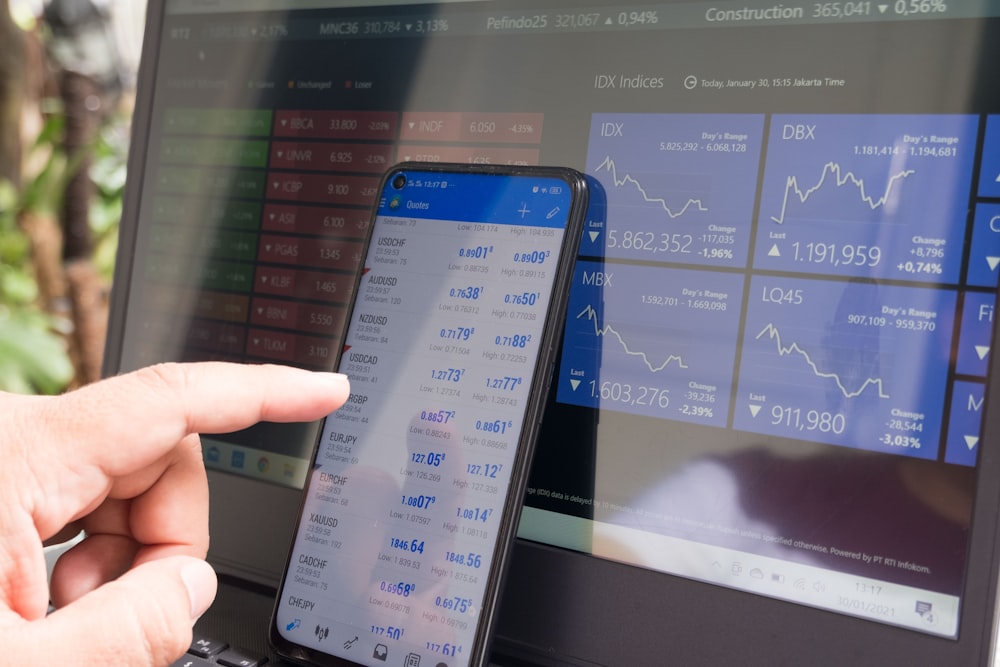Equinor Stock: Why This Energy Giant Trades At A Bargain
Image Source: Unsplash
As part of our ongoing series at The Acquirer’s Multiple, each week we spotlight a stock from our Stock Screeners that might be a deeply undervalued gem hiding in plain sight. This week’s spotlight is Equinor ASA (EQNR).
Equinor is a Norwegian-based integrated energy company with global operations across oil, gas, and renewable energy. While it is often perceived as a cyclical commodity play tied to oil price volatility, the company’s fundamentals suggest a stronger margin of safety than the market currently implies. With disciplined capital allocation, steady free cash flow generation, and a commitment to transitioning toward renewables, Equinor is a stock worth a closer look.
What is IV/P (Intrinsic Value to Price)?
IV/P tells you whether a stock offers more intrinsic value than the price you are paying for it. The calculation blends earnings power, reinvestment efficiency, and capital return policy to estimate intrinsic value — a conservative measure of what the business is worth. The interpretation is straightforward: IV/P above 1 suggests undervaluation, IV/P below 1 suggests overvaluation, and the further above 1, the more value you may be getting per dollar invested. Equinor’s IV/P is 3.50, meaning its intrinsic value is estimated to be about 250% higher than its current market price, a strong signal of undervaluation and potential upside.
Supporting Metrics
- Market Cap: ~$65B
- Enterprise Value (EV): ~$85B
- Free Cash Flow (TTM): ~$7.5B
- Free Cash Flow Yield: ~11%
- Acquirer’s Multiple: 2.70
Equinor trades at a very low Acquirer’s Multiple relative to global peers, reflecting significant embedded value. Strong free cash flow yield highlights the company’s ability to return capital to shareholders while funding future projects.
Revenue & Profitability
- Revenue (TTM): ~$106.5B
- Operating Income (TTM): ~$29.7B
- Operating Margin: ~28%
- Net Income (TTM): ~$8.2B
- Net Margin: ~7.7%
- Diluted EPS (TTM): 3.02
While 2022’s record energy prices boosted results, Equinor remains profitable even through normalizing cycles. Operating margins remain resilient thanks to low production costs and disciplined expense management.
Balance Sheet Strength
- Total Assets (2024): ~$131B
- Cash & Equivalents: ~$21B
- Total Debt: ~$30B
- Shareholder Equity: ~$42B
- Net Debt: ~$21B
- Working Capital: ~$17B
Equinor’s balance sheet shows strong liquidity with over $21B in cash and moderate net leverage. This provides flexibility to navigate commodity cycles and continue investing in renewables.
Capital Returns
- Buyback Yield (TTM): ~6%
- Dividend Yield: ~4.7%
- Capital Expenditure (TTM): ~$13B
Equinor maintains a shareholder-friendly policy, combining steady dividends with opportunistic buybacks, while still reinvesting heavily in both hydrocarbons and renewable projects.
Why Might EQNR Be Undervalued?
Investors often discount integrated energy companies during commodity down cycles, overlooking their cash flow resilience. Equinor’s strong free cash flow yield of roughly 11% demonstrates the value embedded in the business. The company is also actively transitioning toward renewable energy, positioning itself for the long-term energy shift, while its balance sheet strength provides security against volatility.
Conclusion
With an IV/P of 3.50, an Acquirer’s Multiple of 2.70, double-digit free cash flow yield, and a strong balance sheet, Equinor ASA (EQNR) presents a compelling deep value opportunity in the energy sector. While it remains tied to commodity cycles, its disciplined capital returns, long-term renewable investments, and significant undervaluation suggest it is a stock that value investors should not ignore.
More By This Author:
Netflix, Inc.: Our Calculation Of Intrinsic Value
Constellation Brands, Inc.: Our Calculation Of Intrinsic Value
Crocs: Undervalued Footwear Giant With Cash Flow Strength




